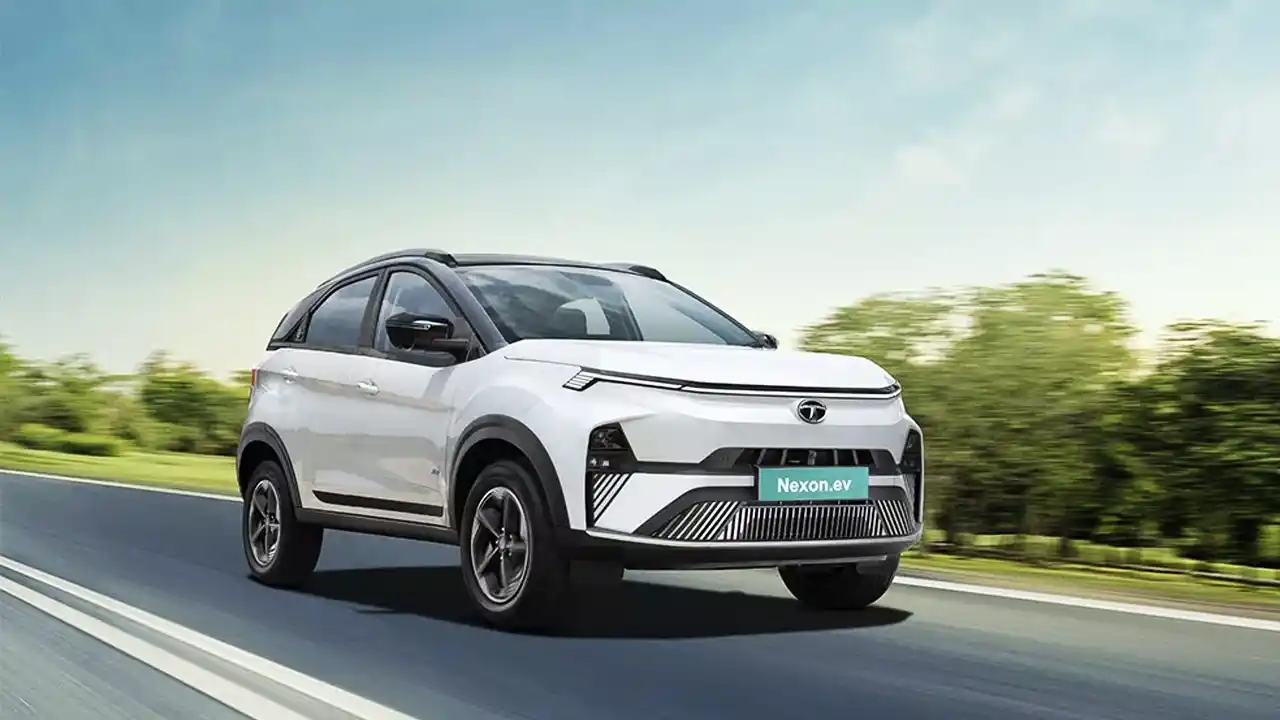Home »
The automotive industry is witnessing a paradigm shift towards sustainable mobility solutions, driven by the need to combat environmental concerns and reduce dependency on fossil fuels. In this transformative landscape, electric vehicles (EVs) have emerged as frontrunners, offering zero-emission transportation options. Of these, the Tata Nexon Electric Vehicle is a standout example of a trailblazing car that redefines the automotive market by fusing state-of-the-art technology with environmentally responsible design. This comprehensive analysis delves into the various facets of the Tata Nexon EV, exploring its technological prowess, environmental impact, market reception, and broader implications for the future of transportation.
Technological Advancements
At the heart of the Tata Nexon EV lies a sophisticated electric powertrain engineered to deliver optimal performance while minimizing environmental impact. The vehicle is equipped with a state-of-the-art Lithium-ion battery pack, meticulously designed to offer an impressive range on a single charge. With advancements in battery technology, the Nexon EV boasts a substantial driving range, making it a viable option for urban commutes and long-distance travel.
Moreover, Tata Motors has integrated innovative features into the Nexon EV, enhancing user experience and convenience. Regenerative braking technology is built into the car to maximize economy and increase driving range by utilizing kinetic energy during deceleration. Additionally, the Nexon EV features a user-friendly infotainment system with connectivity options, providing real-time data on battery status, charging stations, and navigation assistance.
Environmental Impact
One of the primary motivations behind the proliferation of electric vehicles is the urgent need to mitigate carbon emissions and combat climate change. The Tata Nexon EV represents a significant step towards achieving sustainability in the automotive sector. By eschewing traditional internal combustion engines in favor of electric propulsion, the Nexon EV eliminates tailpipe emissions, thereby reducing air pollution and mitigating environmental degradation.
Furthermore, the life cycle analysis of the Tata Nexon EV reveals a substantially lower carbon footprint compared to conventional vehicles. From production to disposal, electric vehicles emit fewer greenhouse gases, making them a crucial component of efforts to achieve carbon neutrality and foster a greener future. The widespread adoption of EVs like the Tata Nexon is imperative for achieving global climate targets and ensuring a habitable planet for future generations.
Market Reception and Consumer Adoption
The Tata Nexon EV has garnered significant attention from automotive enthusiasts and environmentally conscious consumers since its debut in the market. Its sleek design, robust performance, and eco-friendly credentials have positioned it as a formidable contender in the burgeoning electric vehicle segment. Market analysts predict a surge in demand for electric vehicles in the coming years, driven by regulatory incentives, technological advancements, and evolving consumer preferences.
Moreover, the Tata Nexon EV has received accolades for its affordability and cost-effectiveness, making it accessible to a spectrum of consumers. With government subsidies and tax incentives for electric vehicles, the Nexon EV offers a compelling value proposition compared to traditional gasoline-powered counterparts. As the infrastructure for electric vehicle charging continues to expand, the barriers to adoption are gradually diminishing, paving the way for widespread acceptance of electric vehicles like the Tata Nexon.
- Audi GT50 Concept: A Loud Reminder of Why Car Enthusiasts Fell in Love With Audi
- Nearly 30% of UK Drivers Believe Car Tax Should Be Based on Mileage — Survey
- Why Planes and Boats Escaped the Luxury Tax But Cars Didn’t
- Australia’s Headlight Confusion: Authorities Warn Drivers After Viral $250 Headlight Rule Goes Wild Online
- 2025 Hyundai Venue Facelift Launched in India – Full Details, Variants, and Price
Challenges and Opportunities
While the Tata Nexon EV represents a significant milestone in the transition towards sustainable mobility, several challenges persist in the electrification of the automotive industry. The primary obstacles to the mass adoption of electric vehicles range from anxiety, a lackluster infrastructure for charging, and upfront expenses. Addressing these challenges requires collaborative efforts from policymakers, industry stakeholders, and the broader community to foster innovation and investment in electric vehicle technology.
However, amidst these challenges lie immense opportunities for growth and innovation in the electric vehicle market. As battery technology continues to evolve and economies of scale drive down production costs, electric vehicles are poised to become the mainstream mode of transportation in the foreseeable future. To improve the efficiency, range, and affordability of electric vehicles, manufacturers like Tata Motors are making significant investments in R&D, which is further accelerating the shift to sustainable mobility options.
The Tata Nexon Electric Vehicle represents a watershed moment in the automotive industry, signaling the dawn of a new era of sustainable transportation. With its cutting-edge technology, environmental consciousness, and market appeal, the Nexon EV embodies the ethos of innovation and progress driving the electric vehicle revolution. As we navigate towards a greener, more sustainable future, the Tata Nexon EV stands as a beacon of hope and inspiration, heralding a transformative shift towards cleaner, more efficient modes of transportation.
